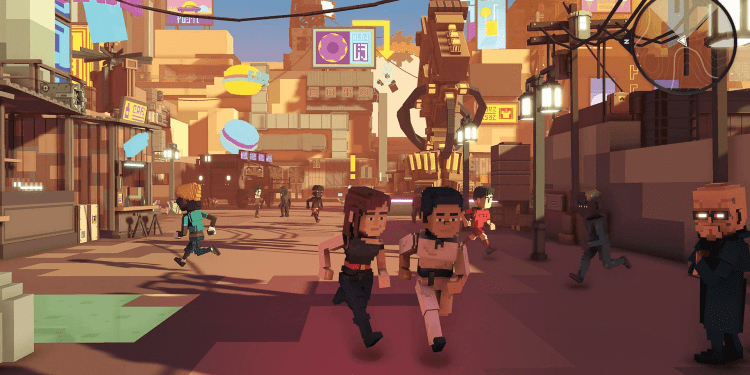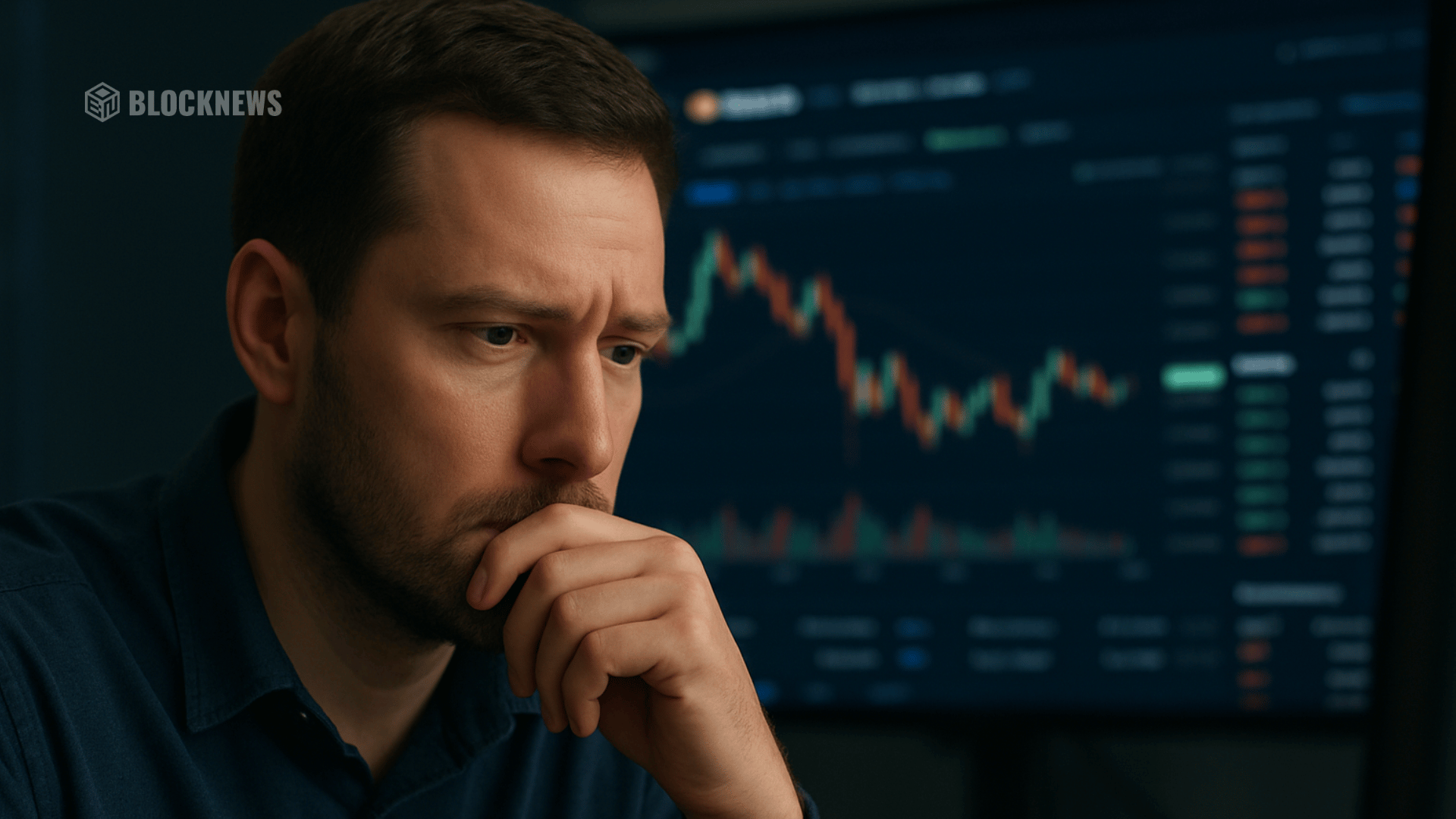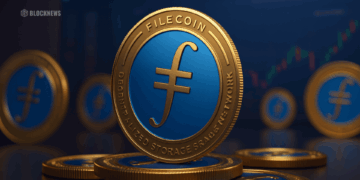VR can change everything from architecture to philosophy by making us further removed from our physical bodies. This exciting technological development promises to take us beyond the limits of everyday life. You might wonder what this means for the future of everything – from how we interact with people to our way of going to work.
But what is a metaverse without users? It’s just another sandbox, right? No more than the internet, where you can create all sorts of communities with your friends or even strangers.
The metaverse will have a gamified system of incentives and disincentives for particular behaviors. It won’t be free for every kind of person on the internet, but rather it will attempt to reproduce what we consider as “good behavior programmatically”.
What is Metaverse?
Metaverse is a term commonly used in the crypto world, especially when it comes to non-fungible tokens or NFT. In layman’s terms, a metaverse is an independent digital realm where you may transport your purchased digital goods across platforms. Think of it as virtual reality, except instead of it just being a game; it is a full-on second world where society can thrive.
A decentralized platform means government or state cannot influence the platform. In a sense, a metaverse is like an open-universe computer game where different developers build games within it. A blockchain game development sandbox allows users or gamers to enjoy content from multiple games or realms housed in one metaverse.
Mark Zuckerberg Begins the Metaverse Project
On October 28, 2021, Facebook’s founder Mark Zuckerberg announced that “Meta” is the official company’s name. It serves as the umbrella organization that covers Facebook, WhatsApp, and Instagram. With Meta as the frontiers of information and networking, Zuckerberg hopes to take the digital age to new heights. He perceives a metaverse being created inside the social media platforms, with a global center made up of digital assets where everyone may withdraw towards. This appears frightening for those who know only the internet through Facebook and Google. However, for crypto enthusiasts, this might be a utopian vision.
Because the metaverse is based on blockchain technology, it is inherently linked to cryptocurrencies. If Zuckerberg intends to use Facebook, WhatsApp, and Instagram as decentralized social media platforms, more people would learn how blockchains work. This opens up a whole new way for businesses to operate.
How Does The Sandbox Economy Work?
The Sandbox runs on NFTs and players owning LANDs to keep the economy circulating. The best way to introduce how the blockchain game Sandbox works comes in three actions: acquisition, collection, and trade. We can’t have people stealing virtual items on the metaverse, so how do we stop them?
Using the Sandbox of incentives and disincentives for particular actions, let’s think about how that might work.
First is acquisition; if you had to acquire something (for example, say, a copy of a song or a painting), you might want to know if it’s legal or not. The Sandbox will label the information about who made the object, when it was created, where it is located in relation to you (if you can encounter them in-game), and how much they are willing to sell it.
This would allow some openness and transparency, as it would be visible who is selling the item and how much.
Second is collection; you don’t want people stealing NFT collections, right? To do this, there has to be a way to identify that the object belongs to you without stealing it easily. For example, the Sandbox would track how many copies/generations of the entity you have in your possession and when it was acquired.
The next step is trade; when you collect virtual items there’s usually a way to monetize them (the company who wrote the software might even do this for you). The Sandbox would help facilitate the transaction by tracking who had the object last, how many copies of that version, and where they are located. Finally, you would buy items with virtual money earned in-game through your actions.
Security of The Sandbox
This, of course, leads us to disincentives for particular behaviors.
Let’s look at an example: stealing.
If you want to steal an object, you have to do so in a discoverable way by the entire marketplace. This means it has to be done without getting caught or leaving any trace of who did it or how they did it.
This would allow flexibility because it could tarnish your reputation if something were too obvious. For instance, you might steal an object because of its value (someone else could be using it to do something). Still, if your reputation is damaged enough for this behavior, no one will trade with you anymore and the software developers may even take action against you.
The Sandbox has many applications beyond collecting or stealing. For example, it can help create rules for social interactions (for example, the way you greet someone) and give people the freedom to play in different ways. This is where it diverges from dystopian visions of these systems; the Sandbox is flexible and open-source enough that anyone could contribute to improving it.
The Sandbox proposes a system of incentives and disincentives for particular behaviors, but this isn’t the only possible way to do it. Other possibilities could also help realize a metaverse that is fair and provides a good user experience.
Are The Sandbox and Metaverse Safe?
For digital entrepreneurs, this may seem like a dystopic future. While some believe Facebook did it to distract people after the allegations of data mining and questionable community rules, Meta aims to profit from individuals’ tracked data being used as targets for particular commercial sectors. Of course, anybody dislikes having their privacy invaded, but to live in Zuckerberg’s metaverse, that’s part of the deal.
Sure, blockchain is still at its early stages and it may seem like an overreaction to suggest Zuckerberg would want to use it for his social media empire. However, once you’ve heard about NFTs and DAOs, then you must realize that Facebook had already started making moves in the industry long before this news emerged.
How Meta Affects Cryptocurrency
If Meta reaches its objective, it will open a new door for the cryptocurrency age. Ethereum will become more prevalent as a transfer method, Bitcoin will retain its importance as the principal currency, and NFT-based tokens will be used to power the metaverse via more organizations.
Given the amount of attention this project receives, it is clear that the cryptocurrency industry may grow to new heights and allow prior investors in the field to profit enormously above their expectations… given that other companies would follow this business strategy. It won’t be a surprise if Zuckerberg attempts to create his cryptocurrency.
After the Metaverse announcement on October 29, 2021, NFT-based tokens saw significant growth over the next two weeks, especially with Decentraland (MANA), which rose more than 100% in two days and Sandbox (SAND) that increased by approximately 60%. However, technical experts anticipate this is just the beginning, and decentralized gaming and cryptocurrencies will see tremendous growth in use and value.
Final Word
The Metaverse is one of the most important projects to come out this year, and it plans to revolutionize the way we think about gaming and cryptocurrency. With decentralized applications (dapps) becoming more common, many people wonder what the future holds for these blockchains and how they’ll be used in the future.
Thanks to the collaboration with projects like Sandbox and Decentraland, the mainstream crowd will open their eyes to a new dimension filled with new opportunities and gateways to interacting with a new world. In addition, the Sandbox takes its role as the foreground for Meta, creating a digital economy that no gamer or businessman has ever experienced before.














